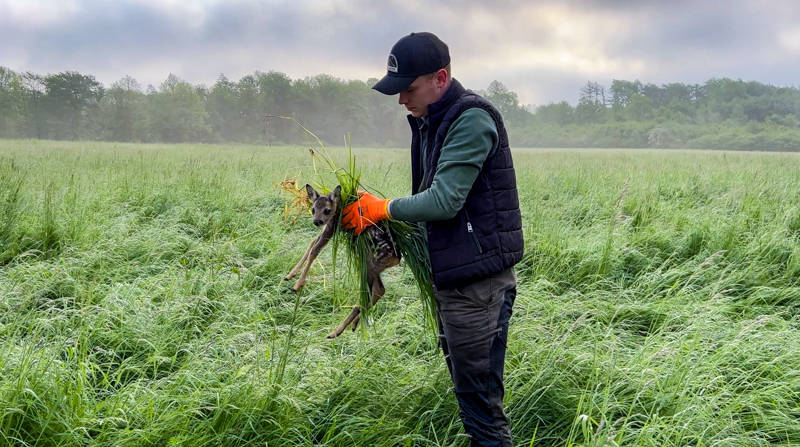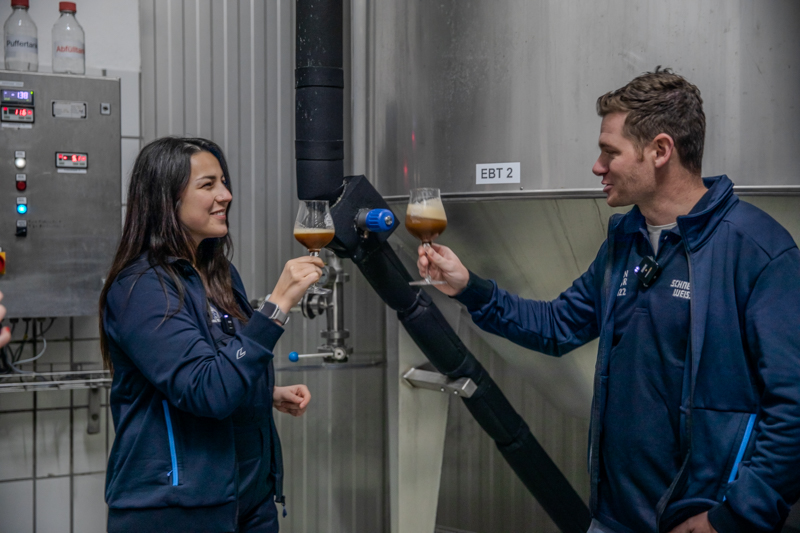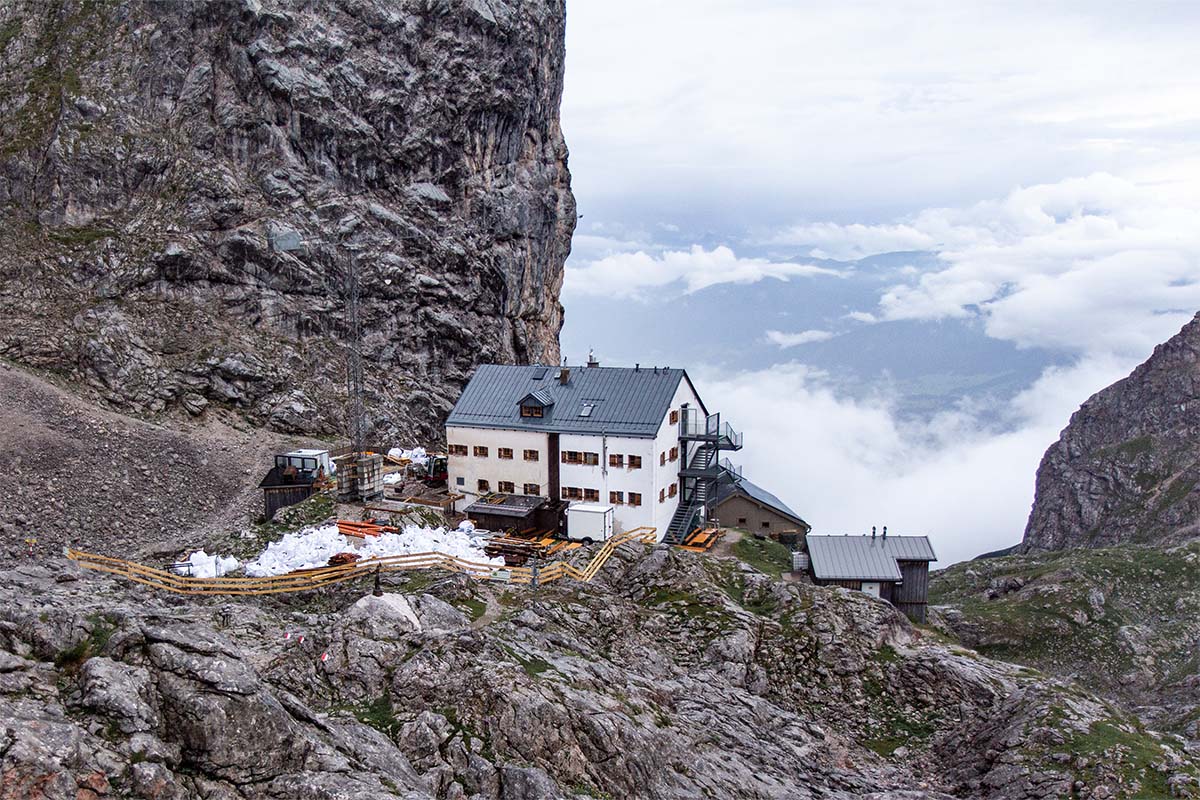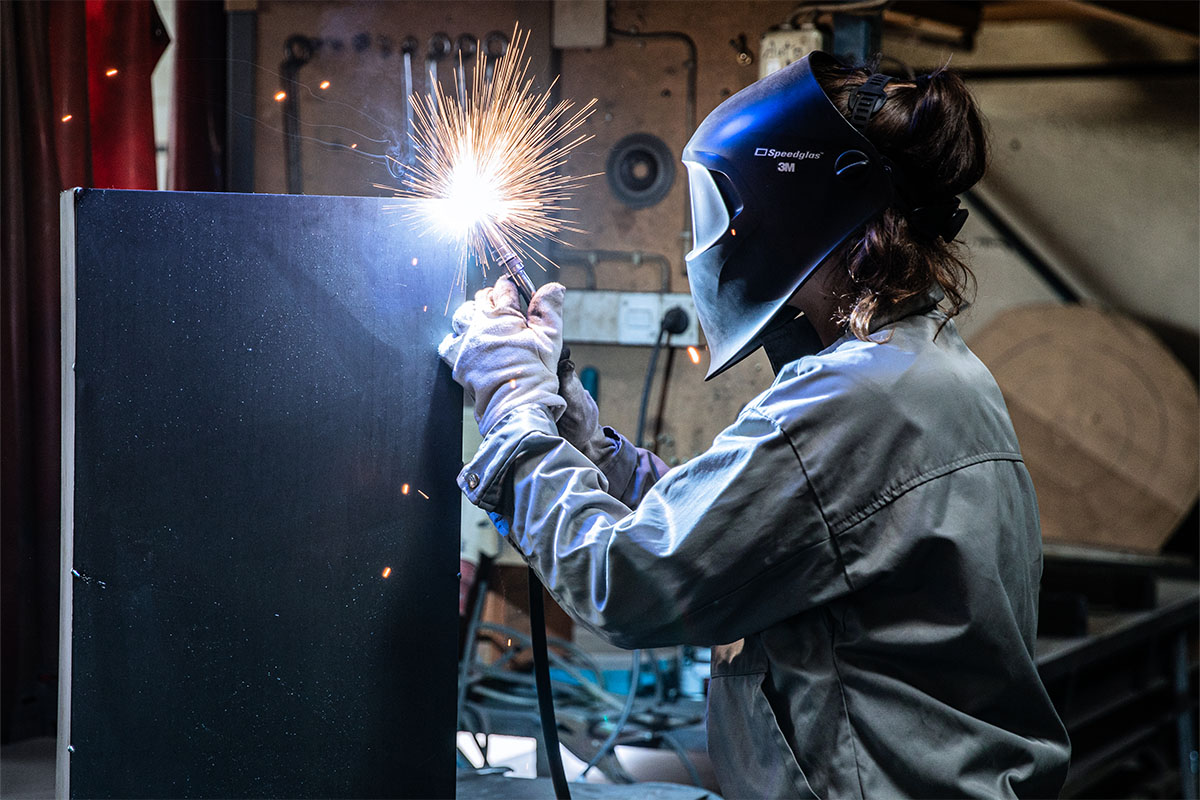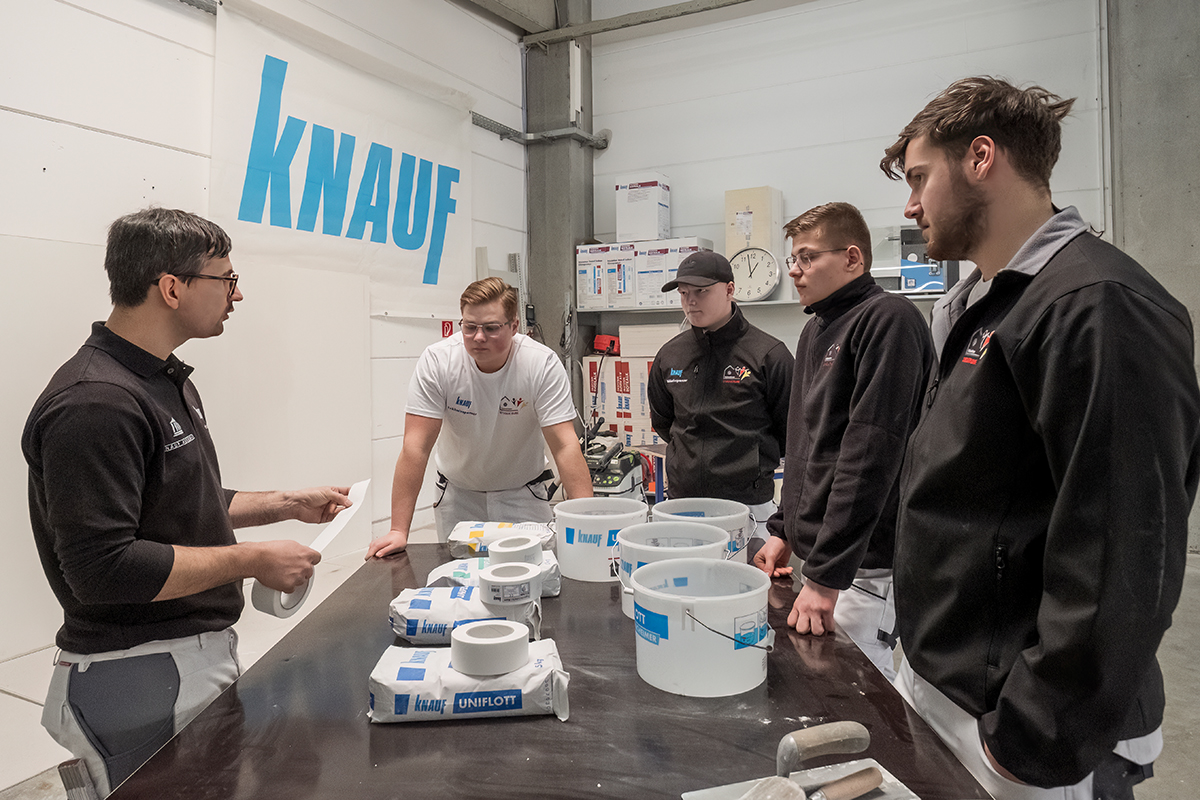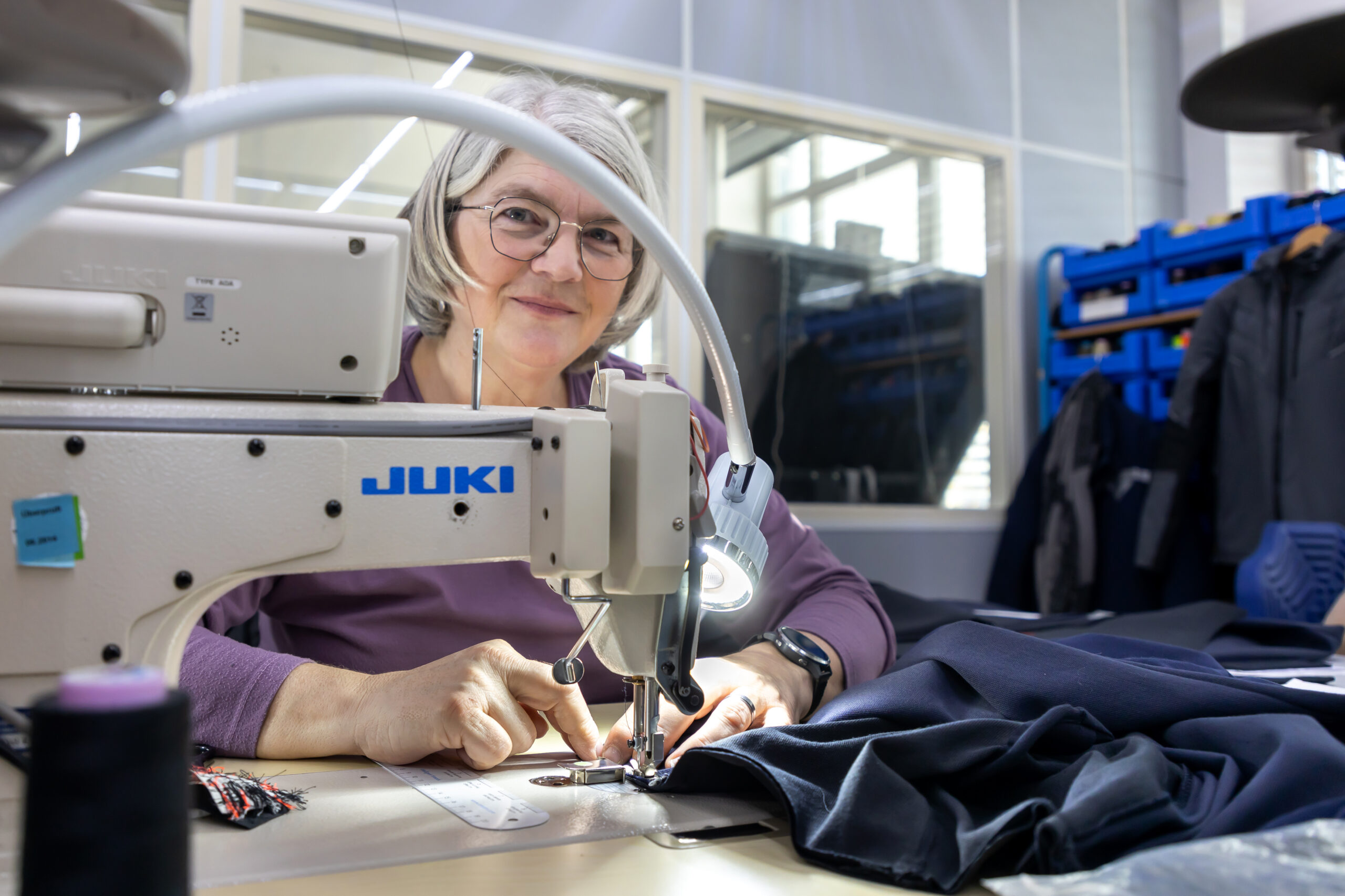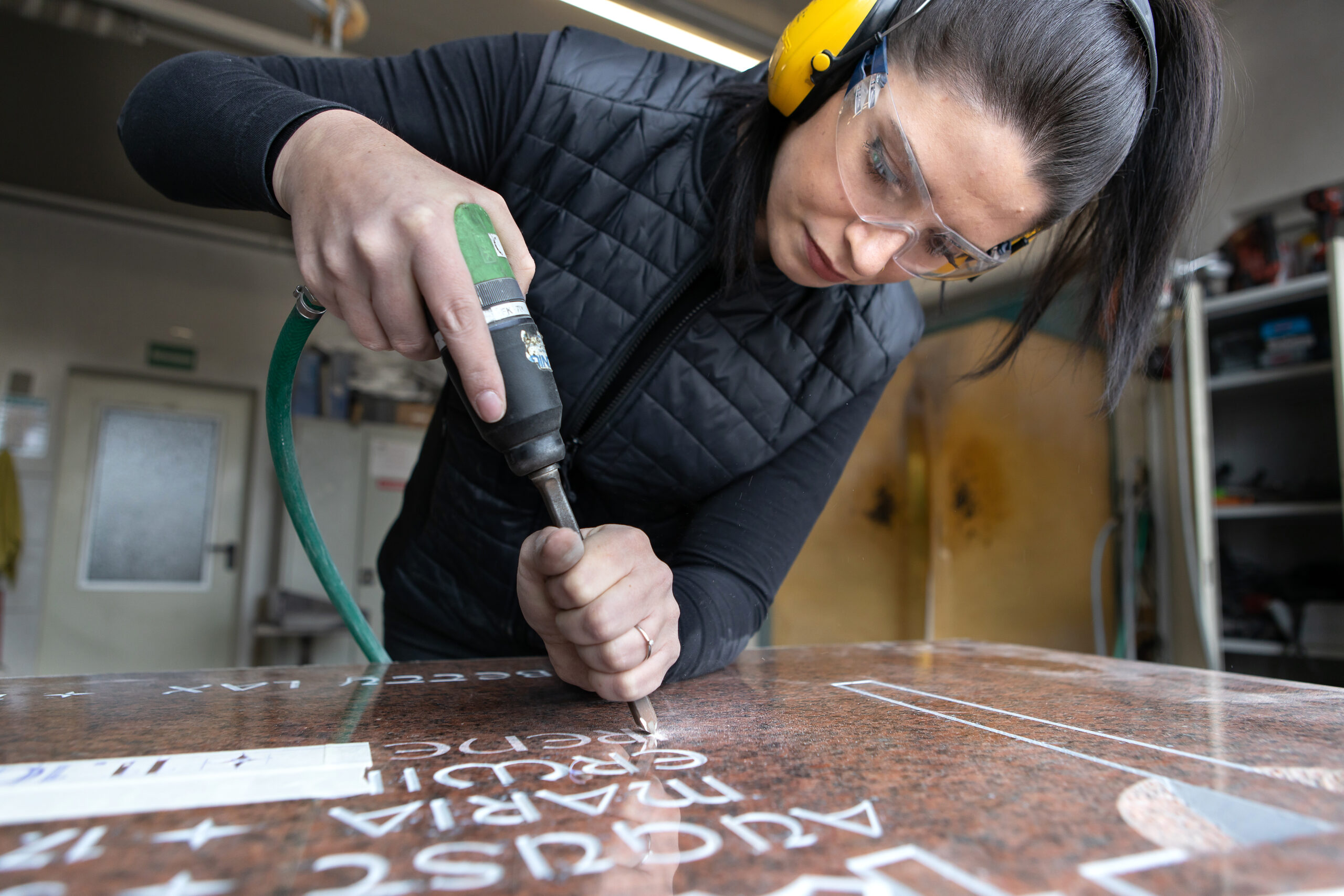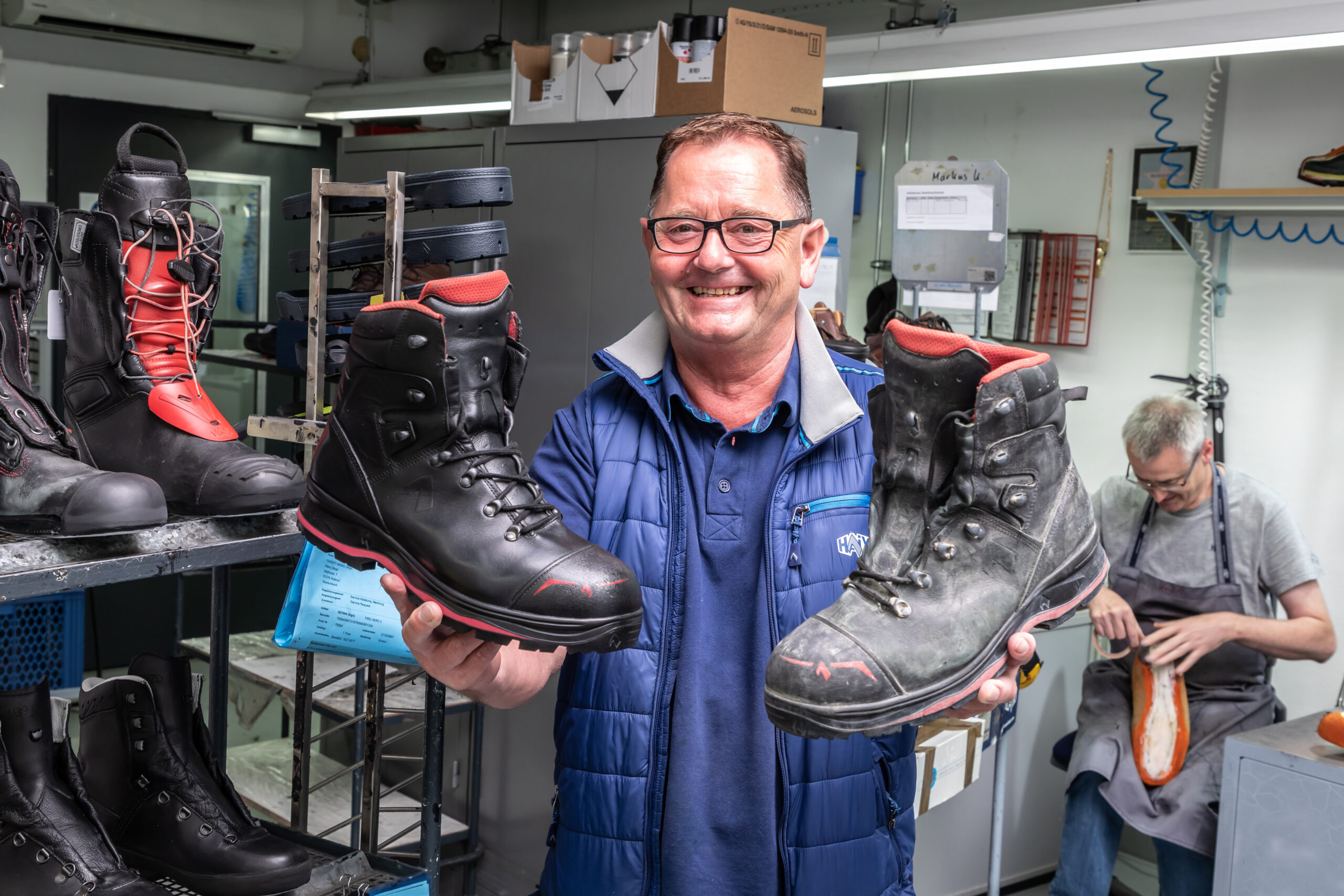Hunters and farmers work hand in hand to rescue fawns from meadows that are to be mowed. To make this important work easier, master carpenter Jule Rombey organizes a competition: who can design the best fawn box?
Rescue from the mowing machine
On a balmy early summer morning, the tall grass in a meadow sways back and forth with a rustling sound. Nature still seems to be asleep when a loud rattling and humming interrupts the idyll. A mowing machine begins to systematically cut off the grass just above the ground so that they can be made into hay. The problem: on this summer morning, a few fawns are still lying comfortably in the high thicket. They are well hidden there, waiting for their mother to return. They won’t budge before then – not even when the noise of the machines approaches.
Protecting the baby animals
To ensure that the lives of small fawns are not endangered by mowing machines, farmers and hunters are working together to protect them. For example, as soon as a meadow is to be mowed, the farmer can contact the hunters in his region. They then search the area with the help of drones and thermal imaging cameras. Once they have found a fawn, they carefully collect it and remove it from the meadow. While the farmer mows, the fawns have to wait in moving boxes or laundry baskets. The hunters then set them down in a sheltered place within a radius of 300 meters so that the mother can find them again.

Neither cardboard boxes nor laundry baskets are ideal solutions for this. Master carpenter Jule Rombey has also learned about this. “Our local hunter approached me and asked if we had an idea for a fawn box,” she explains. He is active in fawn rescue, but the storage and transportation of fawns could be improved. For example, a laundry basket, which is open at the top, has to be constantly guarded. A special box would have to be breathable, portable, firmly lockable and stackable so that the fawns can spend a few hours in it and the hunters can easily transport and use the boxes.
Creativity required: Who can build the best box?
Jule saw the opportunity and turned the idea into a competition aimed not only at craftspeople, but also at schoolchildren, hunters and anyone who is creative and enjoys working with wood. On Instagram she organized a competition to draw up and submit a production drawing for a corresponding box. A jury of experts will then select the best designs from all the entries received. The drawings that can be realized will be made publicly available so that anyone who wants to can build such a box. “We also want to make a few boxes in our company and make them available to regional hunters,” says Jule.

The competition will run until February 29th, as the boxes will be needed from mid-March to the end of May. Jule not only hopes that many creative entries will be received, but also that the participants will address the topics of craftsmanship, agriculture and hunting. “The response has already been great and there are lots of people who want to improve fawn rescue.”
The fact that as many drawings as possible will ultimately be made available to the hunting associations and guilds should make rescue missions easier in the future. The teams currently drive two to three cars, sometimes up to 1000 kilometers per season. In some cases, the hunting associations are already on the road at 3 o’clock in the morning. Firstly, they need enough people to guard the laundry baskets or boxes so that the fawns do not escape back into the field. Secondly, the containers take up a lot of space if they can’t be stacked inside each other. “Of course, I already have an idea of what a box like this could look like,” says Jule. “I’m not going to reveal anything yet. I’m so excited to see how many different drawings we’ll receive.”
Dimensions for the fawn boxes
The fawn boxes should measure 600 mm x 300 mm x 300 mm. They should be stackable in each otherto save space and facilitate transportation to the place of use. The boxes must be able to be firmly closed with a lid and they must allow sufficient fresh air in through ventilation openings. Drawings can be sent to handwerkhilft@gmx.de until February 29th, 2024. A jury of carpenters, hunters and sponsors will select the winners from the best drawings, who will have the chance to win a pair of HAIX shoes, among other things.
